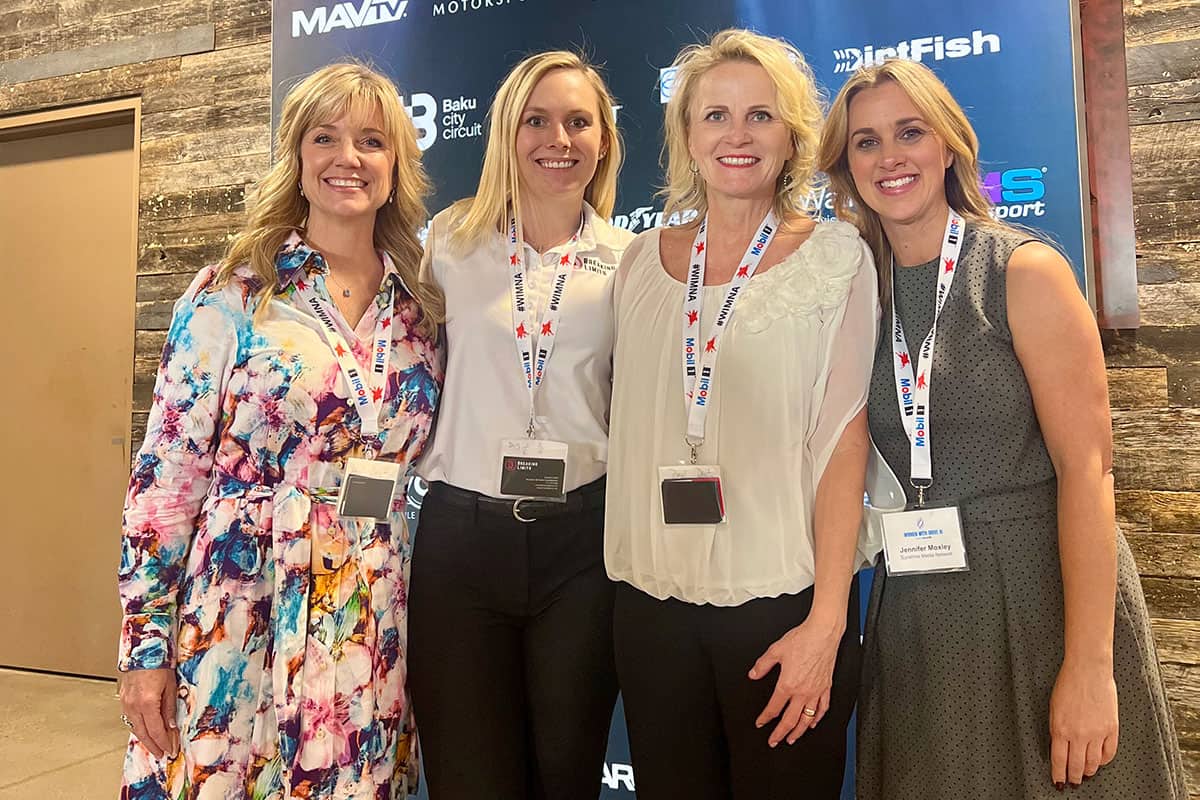How do brands effectively relate and stay connected to their consumers? Can brands truly succeed at creating lasting loyalty with their target consumers? In today’s fast paced world, what strategy can brands leverage to create these kinds of relationship building opportunities?
Experiential marketing definitively answers these questions by leveraging opportunities to create strong and memorable experiences for your target consumers with your brand. Let’s first consider the benefits of experiential marketing. Then, we’ll examine real-world application of these principles.
First and foremost, experiential marketing creates emotional bonds between brand and consumer. Every human being has potentially five sensory receptors – sight, sound, taste, smell, and touch. Brands that involve their customers in a defined and targeted manner allow their customers to have personalized exposure that engages multiple senses. The more sensory the experience, the more powerful the emotions and memories can be for the consumer and the stronger the potential for building a lasting and loyal relationship.
Humans are inherently emotional. Thus, brands who can engage their customers on a positive, emotional level have greater success at forging long-lasting connections. Full sensory experiences shall be delivered in person, or in other words, through an in-person experiential marketing strategy.
Another benefit of experiential marketing is increased brand or product affinity. Consumers are more likely to support brands that support the things they love. For example, race fans are highly likely to support the brands that sponsor racecars and the same holds true for other sports, music festivals, and so on. Furthermore, visitors to a brand’s space at an event are exposed to hands-on interaction with a given product. The consumer’s experience now goes beyond just the brand as they hold the product in their hands and experience it with sight, touch, sound, smell and/or taste
This intimate interaction lends itself into the next benefit – feedback. Brands benefit from real-world engagement as customers interact on-site and in person and experiential marketing can become a real-time case study for the brand’s products and strategy. Brands can observe and gather initial responses, user challenges, pain points, consumer comprehension and satisfaction. Subsequently, these interactions are distilled down into actionable data. Marketing departments can then take that data and quickly pivot to integrate the newly gained consumer feedback into future campaigns or product revisions.
So, what does all of this exactly look like? How does a brand successfully execute all these factors into one experience?
Let’s examine these concepts in the real world.
Breaking Limits constantly strives to create and execute beautiful, well-orchestrated experiential marketing campaigns, keeping these human senses top-of-mind. Most weeks of the year, a Breaking Limits team will leverage well-designed and on-brand activation spaces at racetracks, stadiums, and/or festivals. These brand spaces provide a strong visual communication of the brand.
Breaking Limits’ culinary team includes Culinary Institute trained 5-star chefs who provide creative and custom designed food and beverage offerings that align with the essence of each brand and ignite emotions through the sense of smell and taste.
Our concierge team provides a personal touch for each guest’s experiences – a sincere smile, a welcoming handshake, a kind and caring answer to a question – to ensure the experience is flawless on behalf of the hosted brand.
At sporting events like motorsports, many of the senses are activated by the event itself – the sound of the race car engine, the sight of the colorfully branded race cars flying around the racetrack, the smell of burning rubber at a Victory Lane celebration – and we provide opportunities for brands to get their consumers safely within feet of the action.
These types of full sensory experiences with brands create powerful and shared memories for the consumer with the brand. The transfer of these memories by the consumer to the brand turns into affinity. Consistent brand messaging and brand experiences compound on top of each other and become brand loyalty.
Creating emotional bonds with consumers sits at the top of the hierarchy of marketing success. Thus, brands cannot underestimate or overlook experiential marketing as a crucial component of their marketing strategy to reach their overall goals as a business.





